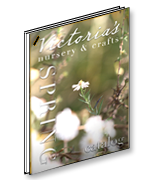
Corner Staple Binding
The most economical binding method, a staple is used in the corner to attached pages together.
|
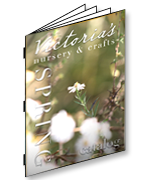
Saddle Stich Binding
This inexpensive method binds pages using two or more staples placed along a folded edge. Suitable for 60 pages or less, there is no printable spine with this option.
|
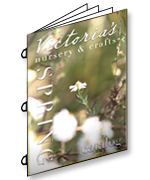
Saddle Loop Binding
Similar to saddle stitching, except the loops extend out from the spine staples. The loops allow the bound pages to be placed into ring binders.
|
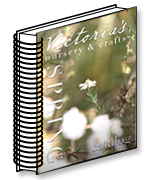
Coil/ Continuous Loop Binding
A round plastic or metal coil is wound through the pages to hold them together. Pages bound this way can be opened 360 degrees and can remain flat when open. Available in black (standard ) and other colors including PMS.
|
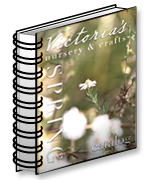
Wire-O Binding
Also known as twin-loop binding or double-loop binding. A wire is threaded through small holes in the edge of the paper. The result is very simialr in look and function to coil binding. A variety of colors are available.
|
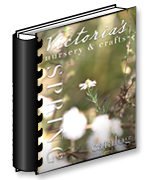
Comb Binding
This inexpensive method well uses a plastic "comb" that wraps through rectangular holes in the edge of the pages. The plastic comb also form a spine that covers the edge of the pages.
|